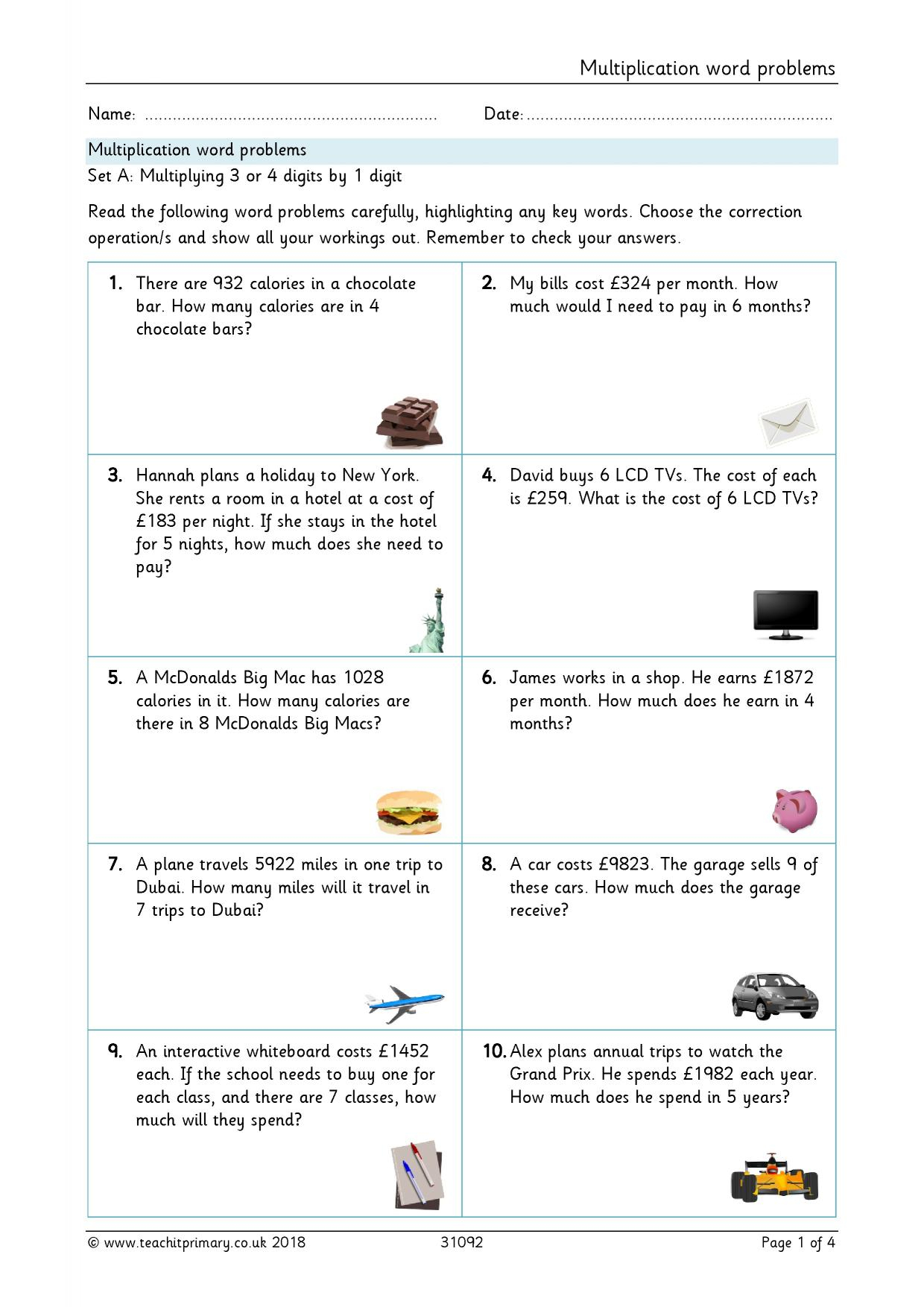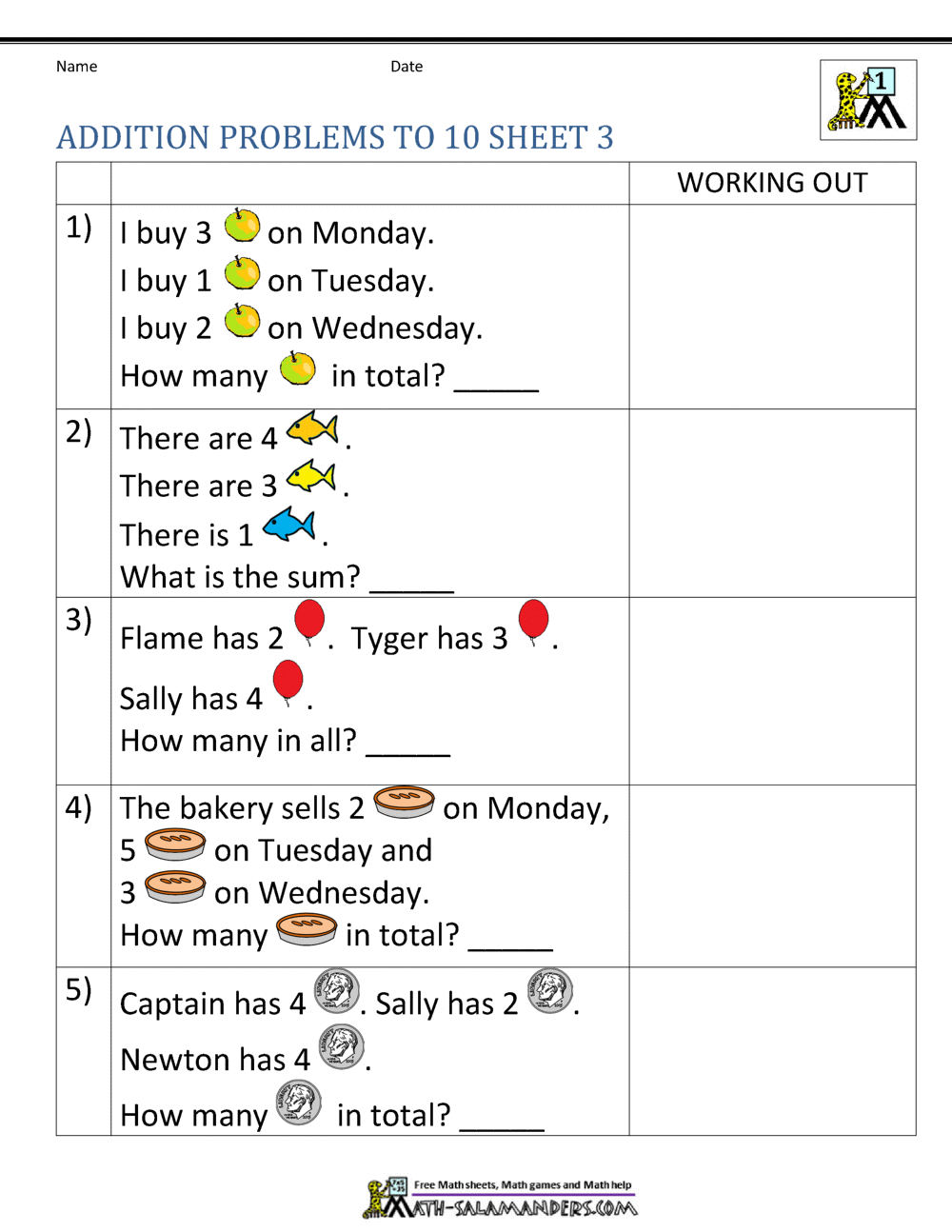

When you pick a letter to stand for something, write down explicitly what that latter is meant to stand for. Probably the greatest source of error, though, is the use of variables without definitions. And "volume" is the insides of a three-dimensional shape, such as a cube or sphere (so you'll probably be multiplying). You'll also be expected to know that "perimeter" indicates the length around the outside of a flat shape such as a rectangle (so you'll probably be adding lengths) and that "area" indicates the size of the insides of the flat shape (so you'll probably be multiplying length by width, or applying some other formula).

You'll be expected to know the number of days in a year, the number of hours in a day, and other basic units of measure. You'll be expected to know that a "dozen" is twelve you may be expected to know that a "score" is twenty. You would be expected to know that "time and a half" means 1.5 times her base rate of pay if her base rate is twelve dollars an hour, then she'd get 1.5 × 12 = 18 dollars for every over-time hour. But figuring out the actual equation can seem nearly. Suppose you're told that Shelby earns "time and a half" for any hours she works over forty for a given week. Usually, once you get the math equation, youre fine the actual math involved is often fairly simple. You would be expected to understand that this meant that she worked eight hours for each of the four days Monday, Tuesday, Thursday, and Friday and six hours for each of the two days Wednesday and Saturday. For instance, suppose you're told that "Shelby worked eight hours MTThF and six hours WSat". Some times, you'll be expected to bring your "real world" knowledge to an exercise. If the problem says "the difference of x and y", it means " x − y", not " y − x". If a problems says "the ratio of x and y", it means " x divided by y", not " y divided by x". But the order in addition doesn't matter, so it's okay to add backwards, because the result will be the same either way.)Īlso note that order is important in the "quotient/ratio of" and "difference between/of" constructions. (Technically, the "greater than" construction, in "Addition", is also backwards in the math from the English. So remember: the "less than" construction is backwards.

Instead, you subtract $1.50 from your wage. You can see how this is wrong by using this construction in a "real world" situation: Consider the statement, "He makes $1.50 an hour less than me." You do not figure his wage by subtracting your wage from $1.50. Is it a word problem Fraction Quadratic equation Determine what categorization best fits your math problem before you move. If you need, for instance, to translate " 1.5 less than x", the temptation is to write " 1.5 − x". Simple word problems review all these concepts. Warning: The "less than" construction, in "Subtraction", is backwards in the English from what it is in the math.


 0 kommentar(er)
0 kommentar(er)
